
Curator’s statement
Japan is an ideal destination for first time visitors to Asia due to its captivating blend of tradition and modernity, as well as an efficient transportation infrastructure, low crime and renowned hospitality. Not only that, but the U.S. Dollar’s strength against the Yen makes Japan more affordable than ever. Japan is a land of contrasts. Its rich cultural heritage, ancient temples and serene gardens somehow blend together seamlessly with its modern architecture and cosmopolitan energy. When you consider its status as one of the best food destinations in the world, there is nowhere else like Japan. With only 7 days in the country, this itinerary hits all the highlights. You’ll start off in bustling Tokyo, with its incredible atmosphere and opportunities to explore. Next, you’ll take the Shinkansen (bullet train) to Kyoto, where you’ll experience the old Japanese capital and its stunning beauty as you explore the winding alleyways, temples and nature that make this city so famous. To end the trip, you’ll travel to the mountainous region of Hakone to stay at a Japanese ryokan, which offers the unique experience of relaxing in an in-room onsen (hot spring) and enjoying multi-course kaiseki meals while taking in the stunning natural scenery.
The Fora Difference
Book with Greg to access exclusive perks and experiences on your trip.
Killer perks
Free upgrades, spa credits and more—we got you
Personalized recs
Customized travel planning for your style
Insider knowledge
Expert advice from people who’ve actually been there
Where to stay
Unlock perks by contacting Greg to book your trip.
Day 1: Tokyo Central/East

Today we’ll explore the central and eastern part of the city.
Tsukiji Fish Market
Begin your day with a visit to the Tsukiji Outer Market. This place has it all - Wagyu beef skewers, fresh sushi, ramen, desserts, you name it. Just follow your nose and try what looks good! You’ll most wake up early due to jet lag, so I recommend taking advantage of that and visiting first thing in the morning, when it's less crowded.Senso-Ji Temple
Next, head over to Tokyo's oldest temple, Senso-ji. This is one of the most popular temples in the city, for good reason. Its architectural beauty combined with the atmosphere of the shopping street leading up to it gives you the sense that you are truly now in Japan.Ginza
Ginza is Tokyo's most famous are for high-end shopping, restaurants and entertainment. It’s packed with flagship luxury and department stores, as well as art galleries, night clubs and cafes. Even if you’re not into shopping, there’s something for everyone in this area. The rooftop garden of Ginza Six is a must-see. Not only does it offer a relaxing respite from all the action, it’s one of the best rooftops in the city and offers great views of the city. On the way out, stop by the Tsutaya bookstore on the 6th floor. It has a huge selection of books and fun souvenirs.TeamLabs Borderless
This is one of those places that is hard to explain exactly what it is – you just need to go and experience it for yourself. Basically, it’s an immersive digital art museum with projection mapping, music, lights and effects that create an otherworldly sensory experience. This is one of my favorite things to do in all of Tokyo, and you can easily spend 2-3 hours here.
TeamLabs Borderless is located in the new Azabudai Hills area, which is an architectural gem and has some fantastic restaurants and shopping. It’s a great place to have lunch or dinner after TeamLabs.
Day 2: Tokyo West
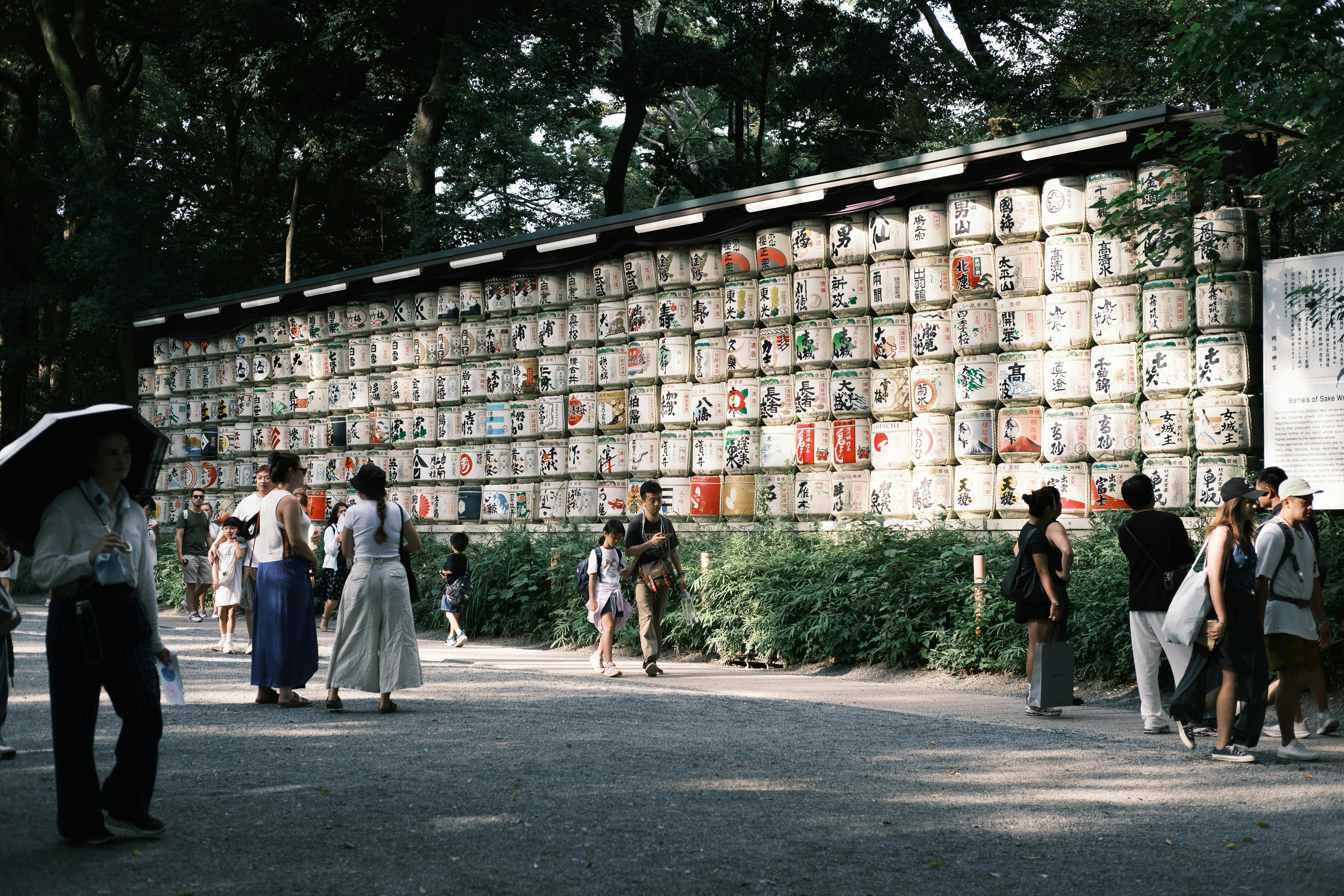
Today we’ll explore the western side of the city.
Meiji Shrine
Head to Meiji Shrine, a tranquil oasis in the heart of Tokyo. Stroll through the forested pathways and witness traditional Shinto ceremonies if you're lucky.Takeshita Street
Walk a few minutes to Takeshita Street, which is a pedestrian street that is famous for its desserts (don’t miss the crepes!), youth fashion, cat cafes and boutiques. It’s a bit of a sensory overload, but well worth a stroll if you’re in the area.Omotesando
Take another short walk to Omotesando, often referred to as Tokyo’s Champs-Elysees. This broad, tree-lined street has lots of high-end restaurants and luxury stores, but it’s also known for having some of Japan’s most modern and striking architecture.Shibuya Sky
Next, head over to Shibuya Sky for its spectacular panoramic view of the city from its observation deck. It’s best seen at sunset, when you can see the cityscape shift from light to dark as the lights of the city twinkle around you. One of the coolest things about Shibuya Sky is that it overlooks the famous Shibuya Crossing, which is the busiest crosswalk in the world. From here, you can see all the chaos without having to actually step foot into it.Shinjuku Night Food Tour
Shinjuku is a hub for nightlife, restaurants and entertainment, and in my opinion is best explored at night. If you’re a foodie, there are some excellent food tours here that will take you to some hidden gems that most tourists don’t know about. No matter what, don’t miss exploring the Kabukicho area with its giant Godzilla statue, as well as Golden Gai, with its narrow winding alleys, tiny bars and izakaya — most of which can only fit about ten people. For a more authentic and less touristy version of Golden Gai, head to Omoide Yokocho. It has a truly special vibe that feels so quintessentially Japanese.
Day 3: Take the Shinkansen (bullet train) to Kyoto
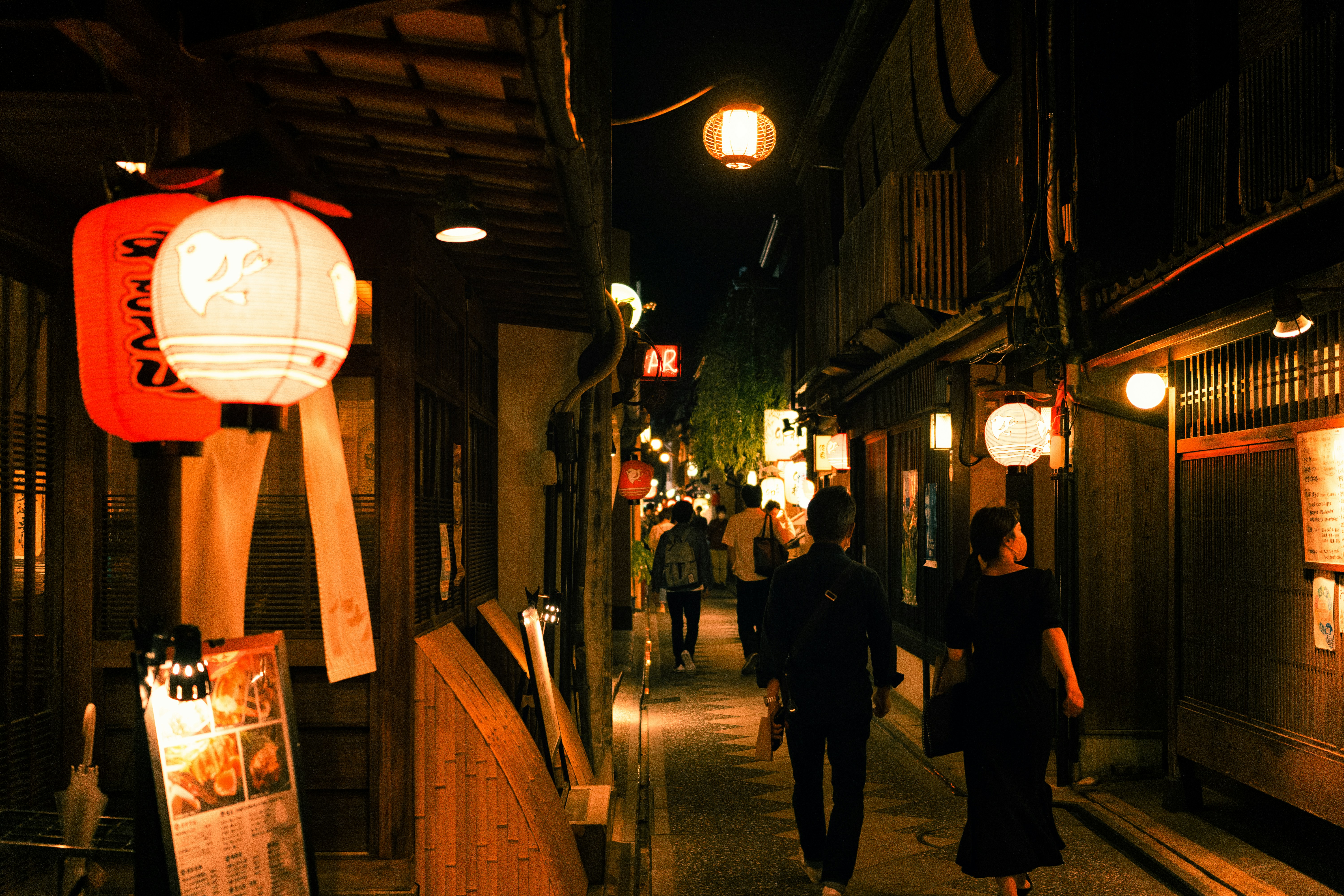
Today you'll transition from the modern, bustling city of Tokyo to the historical and cultural richness of Kyoto. Hop on the Shinkansen (bullet train) from Tokyo Station, which makes the journey to Kyoto in as little as 2 hours and 20 minutes. As you speed through the picturesque landscapes of Japan, the train journey offers incredible scenery. Before you know it, you'll arrive at Kyoto Station, where you can check into your hotel and get ready for the timeless beauty that Kyoto has in store.
For a fun dinner experience, I recommend going to Pontocho Alley, which is a narrow street with authentic Japanese historic architecture next to Kyoto’s main river. Walking through this area in the evening, when the lanterns on each side of the street are lit, feels like stepping back in time. There are countless options for restaurants, bars and izakayas, but I personally love Pontocho Yakiniku Yamakawa Honten, where you can grill high-quality Japanese beef at your own table in a casual atmosphere.
Day 4: Shrines, temples and mountain views

Fushimi Inari shrine
Start your day early at the Fushimi Inari Shrine, famous for its thousands of vibrant orange torii gates. Hike up the mountain for breathtaking views. Bonus: the higher up you go, the fewer tourists you’ll encounter, which means better photo opportunities.Ninnenzaka & Sannenzaka
These two cobblestone pedestrian lanes, which meander through a hilly area surrounded by temples, are lined with historic Japanese-style buildings that typify Kyoto. You’ll find souvenirs, street food and cafes here, but be on the lookout for anything Matcha – Kyoto is known to produce some of the highest quality matcha tea leaves in the world.Kiyomizu-dera
At the end of these paths is Kiyomizu-dera Temple, one of Japan’s most famous temples with panoramic views of Kyoto. The temple is especially beautiful during cherry blossom season in March/April.Yasaka
For a special dining experience in the area, head to Yasaka, the signature restaurant at the Park Hyatt Kyoto. You’ll experience a top notch French influenced multi-course teppanyaki meal while taking in a breathtaking view of Kyoto and its surrounding mountains. Pro tip: book an early reservation at sunset time to see the city transition to nightfall.
Day 5: Cultural Kyoto and natural beauty
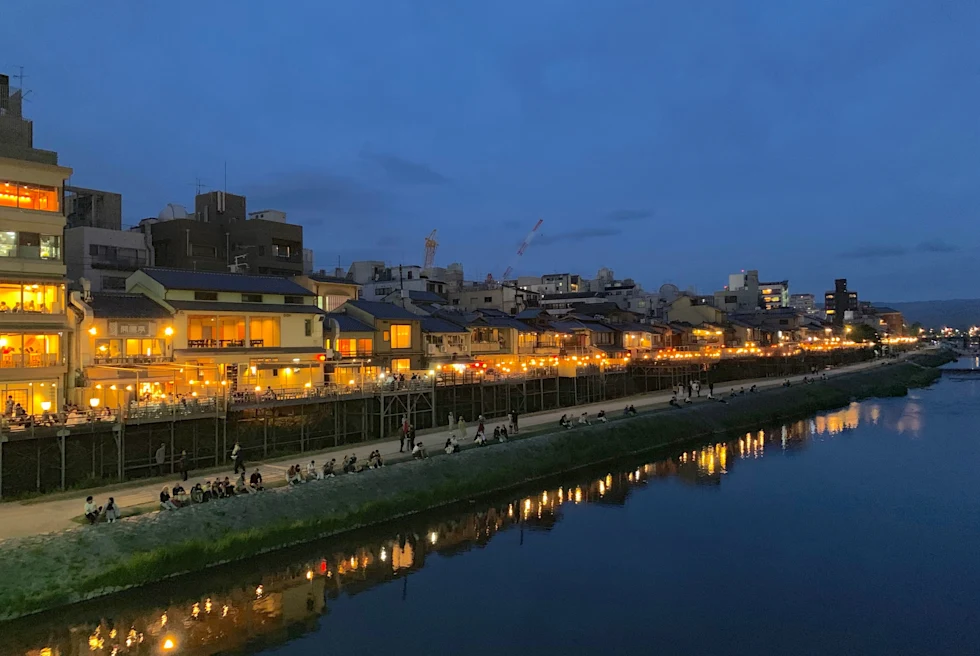
Kinkaku-ji (Golden Pavilion): Start your day with a visit to the stunning Kinkaku-ji, a Zen Buddhist temple covered in gold leaf, surrounded by beautiful gardens and a reflective pond. This is one of the most well known and Instagrammable places in all of Japan and for good reason.
Adashino Nenbutsuji
While most guidebooks will tell you to go to Arashiyama for its famous bamboo grove, I recommend heading to the lesser known Adashino Nenbutsuji, a Buddhist temple with a surrounding bamboo grove that is just as beautiful but not nearly as crowded. Here, you can take your time and enjoy the zen-like atmosphere without feeling claustrophobic. It’s well worth visiting the temple itself as well, where there are over 8.000 Buddhist statues.Nishiki Market
If you’re feeling hungry, head to Nishiki Market, Kyoto's "kitchen." You can sample various local dishes and street foods here, and it’s a fun place to wander and sample some of Kyoto’s delicacies.Hanamikoji Street
As evening draws near, head to one of Kyoto’s most famous streets, Hanamikoji. This historic street is located in the Gion district and is lined with traditional wooden merchant houses and quaint ochaya, or teahouses. It’s also one of the Kyoto geisha districts, so you may get lucky and spot one.
Day 6: Travel to Hakone for a relaxing stay at a Japanese Ryokan
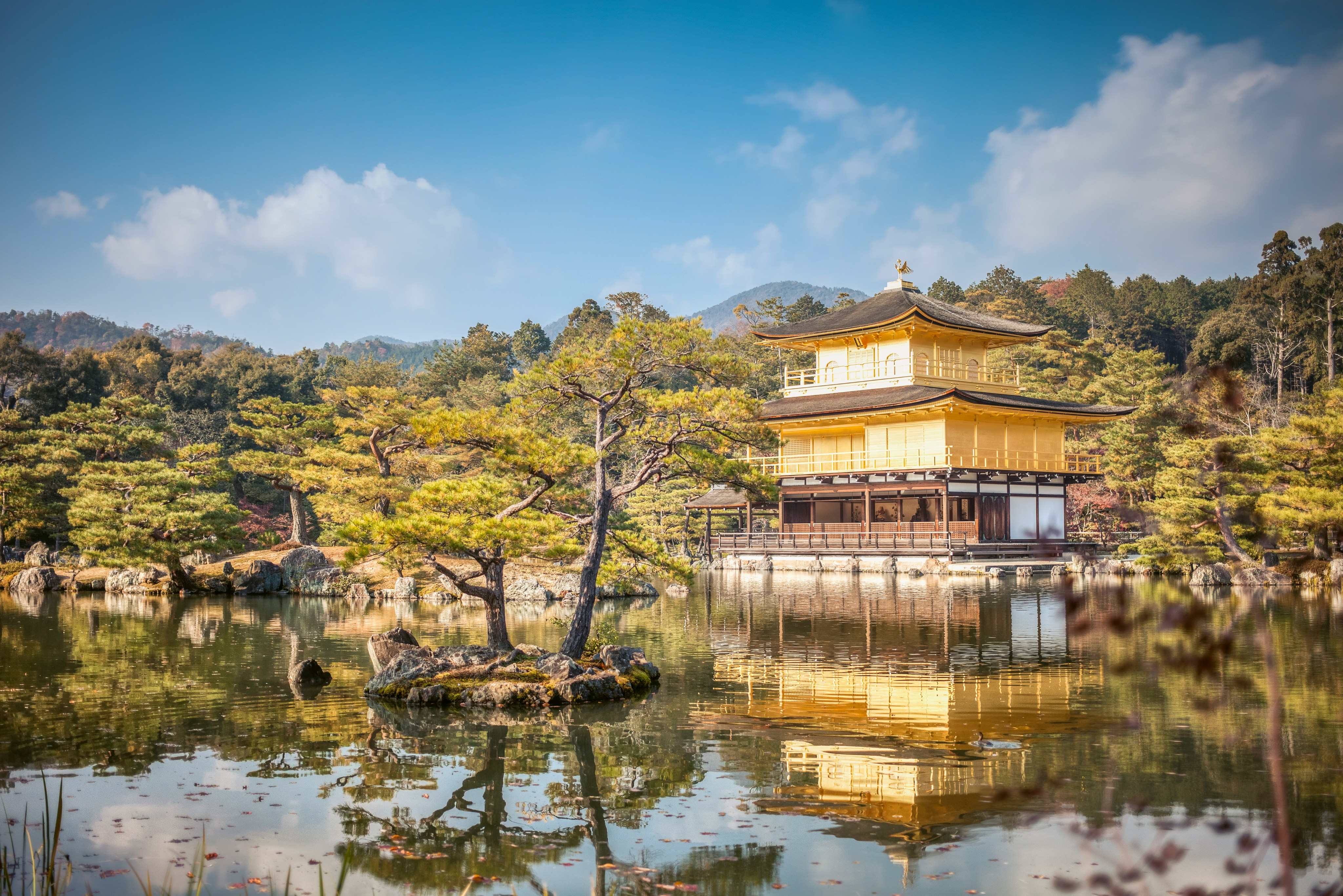
Staying in a Ryokan (traditional Japanese inn) is an experience that you can't get anywhere else in the world, and I highly recommend staying in one for at least a night. The best Ryokans have private hot spring baths inside the room, allowing you to soak and relax in the natural hot spring waters with total privacy. Ryokans also generally include all meals, often times with multiple courses of delicious food. It's worth it to splurge a bit on this experience — after all, it's something that is only found in Japan.
I recommend going to Hakone for your Ryokan stay, which is a mountainous region near Mt. Fuji that happens to be perfectly situated between Kyoto and Tokyo, so it makes for a great stopover. Not only that, but it has an impressive concentration of some of the best high-end ryokans in Japan.
Take the Shinkansen from Kyoto Station to Odawara, and grab a taxi for the 30-minute drive to Hakone. You’re spoiled for choice when it comes to Ryokans in this area, with some of my favorites being KAI Sengokuhara, Madoka no Mori and Fufu Hakone.
You’ll likely want to maximize your time relaxing at the Ryokan, but if you do want to venture out for some sightseeing, there are some cool things to do nearby like the Hakone Open Air Museum, which has a Picasso exhibit among other fine art.
Day 7: Return to Tokyo
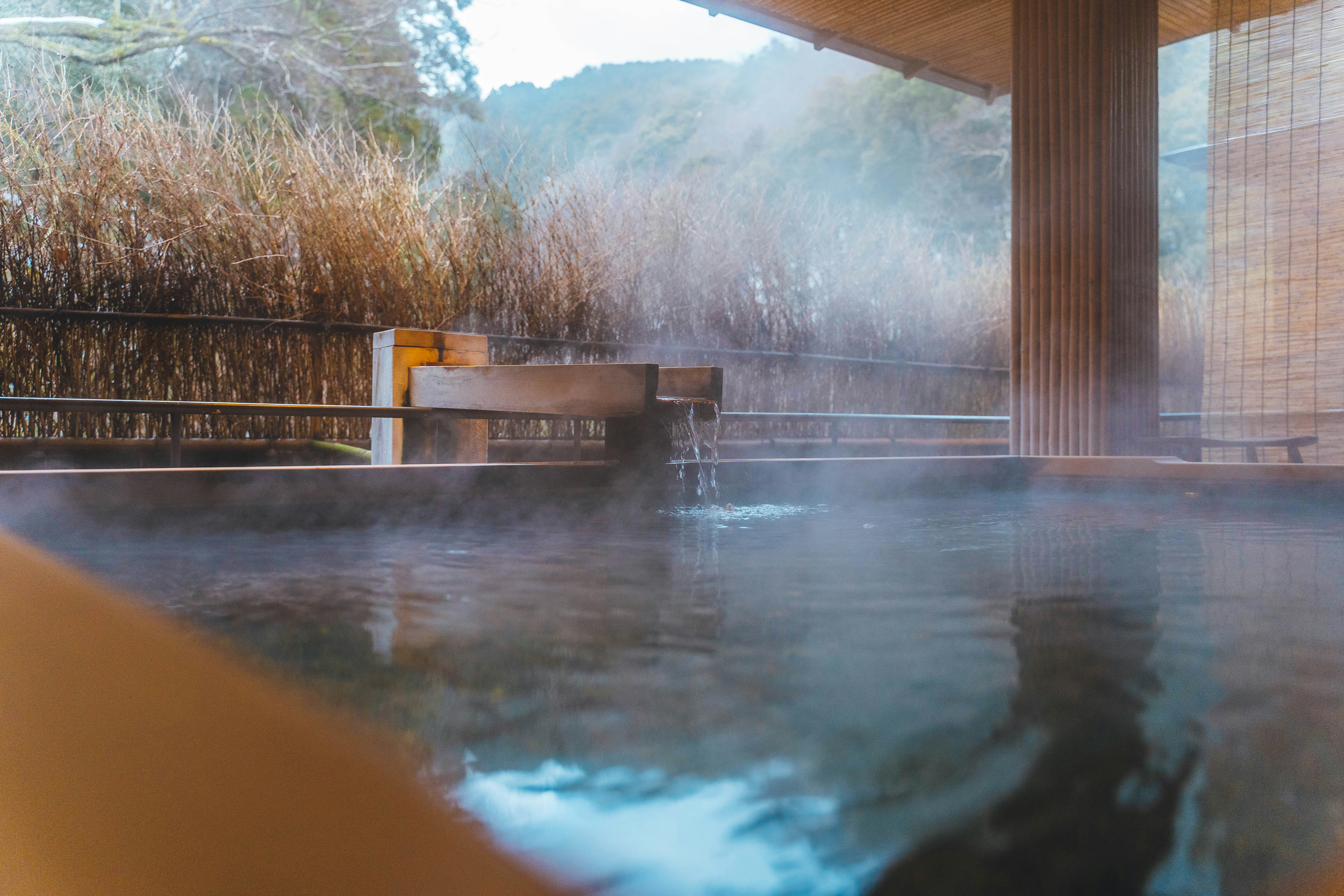
Check out of your Ryokan and hop back on the Shinkansen for the 30-minute journey to Tokyo, where you’ll catch your flight home. Both Haneda and Narita airports are connected by public transport, so you can transfer at Tokyo Station to get to either one. If your flight isn’t until later in the evening, you can use the luggage storage service or lockers to leave your bags while you get in some last minute exploring or shopping.

Travel Advisor
Greg Ellison

Get in touch with Greg
Did you like this guide? Reach out to customize and book your own experience. Or, just to chat about travel in general.
You can expect a response from Greg within 1–2 business days. You’ll also be subscribed to our traveler newsletter (you can unsubscribe at any time).
This guide is part of our ongoing series on travel to Japan. Looking for more Japan travel inspo? Check out Travel Advisor Cindy La's guide, Exploring Japan: Things to Do in Osaka, Tokyo & Kyoto.